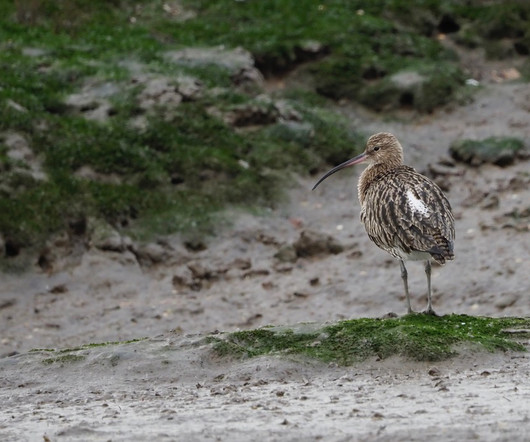The Cry of the Curlew
10,000 Birds
MARCH 29, 2024
Here in the Brecks – an area of poor, sandy soils on the borders of Norfolk and Suffolk – we have a small but important breeding population. They favour the old heaths, but a number of pairs also breed on farmland. Brettenham Heath National Nature Reserve holds the highest density of nesting Curlews in the Brecks.












Let's personalize your content